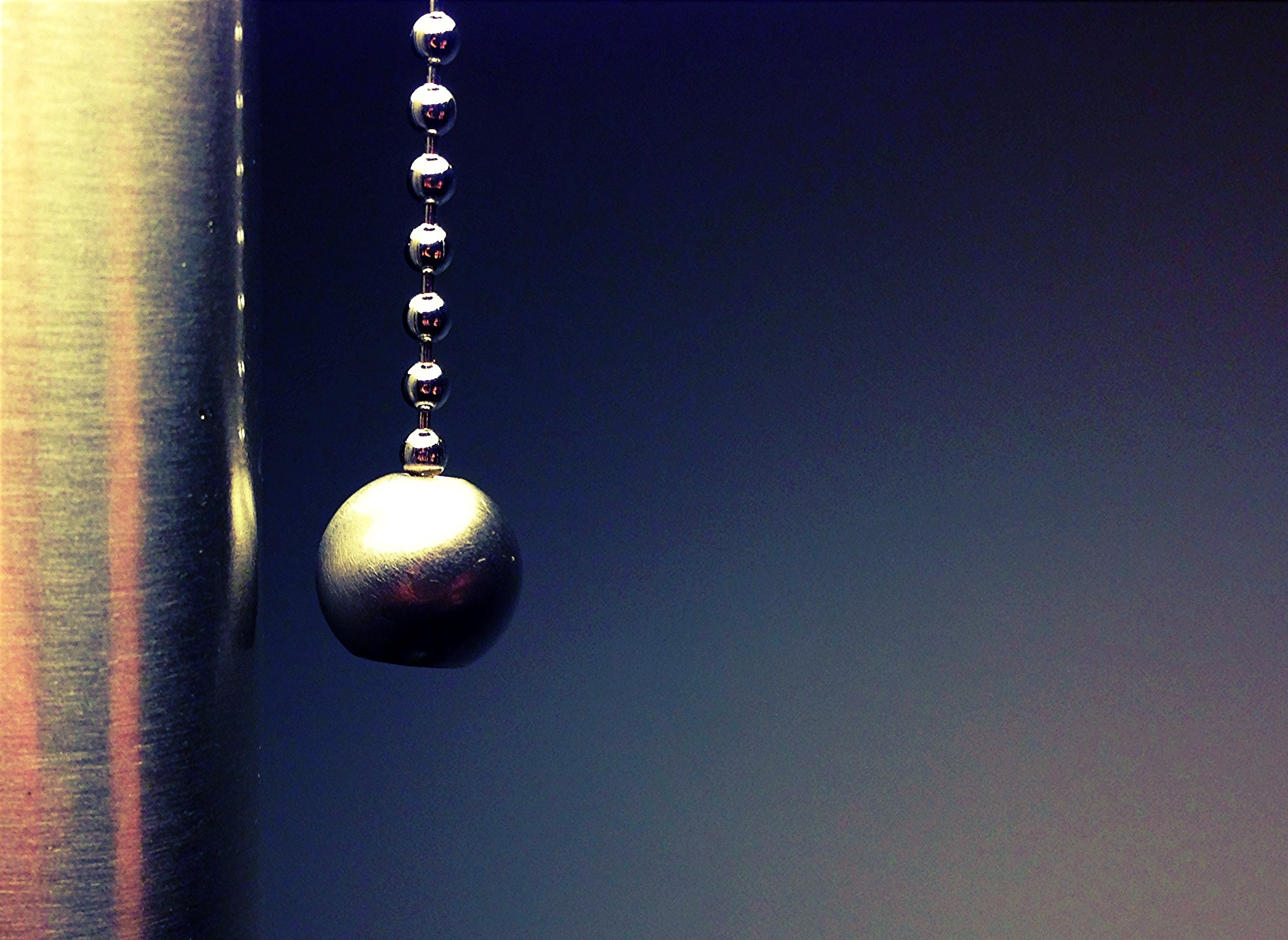With a little distance, the three years I committed to taking one picture each day of something beautiful in my everyday life has begun to come into further focus.
My commitment was rooted in the recognition that technology is no simple tool to be deployed; but rather technology serves a prosthetic function. Freud points to this when he speaks of a human-being as “a kind of prosthetic god,” whose organs are supplemented, replaced, augmented, or enhanced. 1 Sara Brill, in her book, Plato and the Limits of Human Life, suggests that the semantic range of the idiom of prosthesis extends from replacement to generation to innovation and that it is “reducible neither to the natural nor to the artificial, yet is answerable to the living…” 2
A prothesis, in extending the function of our organs, always has a reciprocal effect. In putting our technologies into practice, we are ourselves disciplined. The mindful adoption of technology requires us to consider the habits they cultivate in us.
By committing to take a picture of something beautiful I encountered in my life each day, I sought to see differently, to cultivate what might be called the habits of a quotidian aesthetics.
The view from my window is different each day, yet each day the same.
The habits of a quotidian aesthetics invite us to notice the beauty in the small things we often by-pass in the busy-ness of life.
The habits of a quotidian aesthetics taught me how to appreciate the passage of time and the growth of those I love.
The camera I carry with me is a prosthetic device that extends my capacity to see.
After three years, in 2015, I decided to take time off from my picture-a-day approach. But the practices of mindfulness remain even if I don’t always pull out my phone to capture the beautiful things I encounter in my quotidian life.
- Freud S, Strachey J, Gay P. Civilization and its discontents. W.W. Norton; 1989, 43-4. Available at: http://books.google.com/books?id=DOGQDHo8ihIC&pgis=1.
- Brill, Sara. Plato on the Limits of Human Life. Bloomington, IN: Indiana University Press, 2013, 5.

